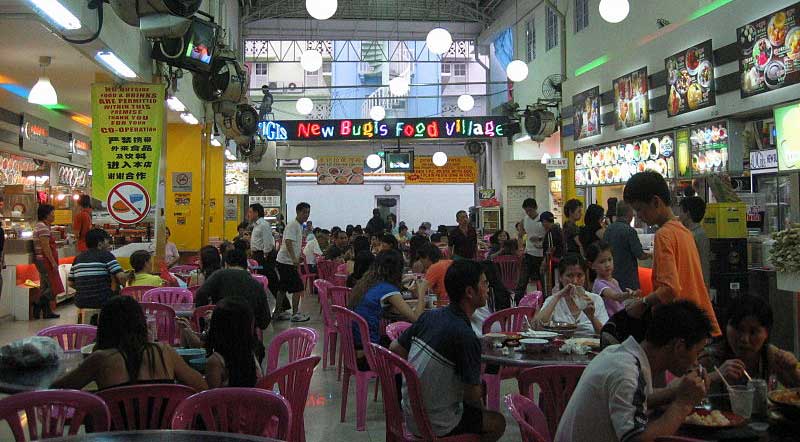
Singapore continues to push for a cashless society with Hawker centres in its crosshairs. For the government, this can help with its effort on curving Covid-19 cases and usher in a much more workable economy post-pandemic. Payments through digital means ensures a limited physical contact between vendors and consumers. For banks and pertinent institutions, this pivot in culture benefits them since it further cements their business with government mandates. Making them even more relevant in the daily life of the average Singaporean.
Government incentives to go digital
The Singaporean government is offering financial incentives for stallholders who wants to join the initiative to digitize. An E-Payment Bonus of up to $1,500 will be given by the government to stallholders who will adopt the solution by 31 May 2021. This offer extends to both existing Unified e-Payment Solution users and new registrants. The $1,500 bonus is divided into $300 per month, over a period of five months. It will be paid to vendors who have demonstrated a sustained use of the e-payment solution and has completed at least 20 transactions in the previous month.

Some backlash from consumers and vendors
Street food culture in Singapore is one of the most diverse and unique in Asia. Its cuisine is influenced by the cuisines of the Malays, Chinese and the Indians. Indonesian, Peranakan, and some European tastes are also included in the mix.
Post World War II, street food vendors started becoming more organized with the directives from the government and later on progressed into operating within indoors. These indoor establishments of food stalls became known as “Hawker centres”.
Hawker centres in Singapore are quite popular and can be seen almost everywhere. Options of food are vast, many are home-cooked, and fits within the reasonable budget of the ordinary.

It is notable that many food stall operators are from the older generation. Which means imposing new means of technology could be difficult. What might be easy and convenient for the younger generation could be confusing and unnecessary for the old. Many consumers are also seniors who would rather pay with cash as it is a less bothersome means of paying.
Many understand the hygienic benefits of a contactless payment and how crucial they are in this time of crisis, but these are put aside sometimes especially when things become confusing for the elderly.
Most of the poorer people earn cash on a daily basis, which also makes it easier for them to transact with cash instead of topping up their e-wallets before they could make a purchase.
These are of course only small bumps on the road that can’t be used as reasons to hamper the plans of the Singaporean government for the future. But the ones who are negatively impacted by this new initiative wonders why they’re fixing something that isn’t broken.
